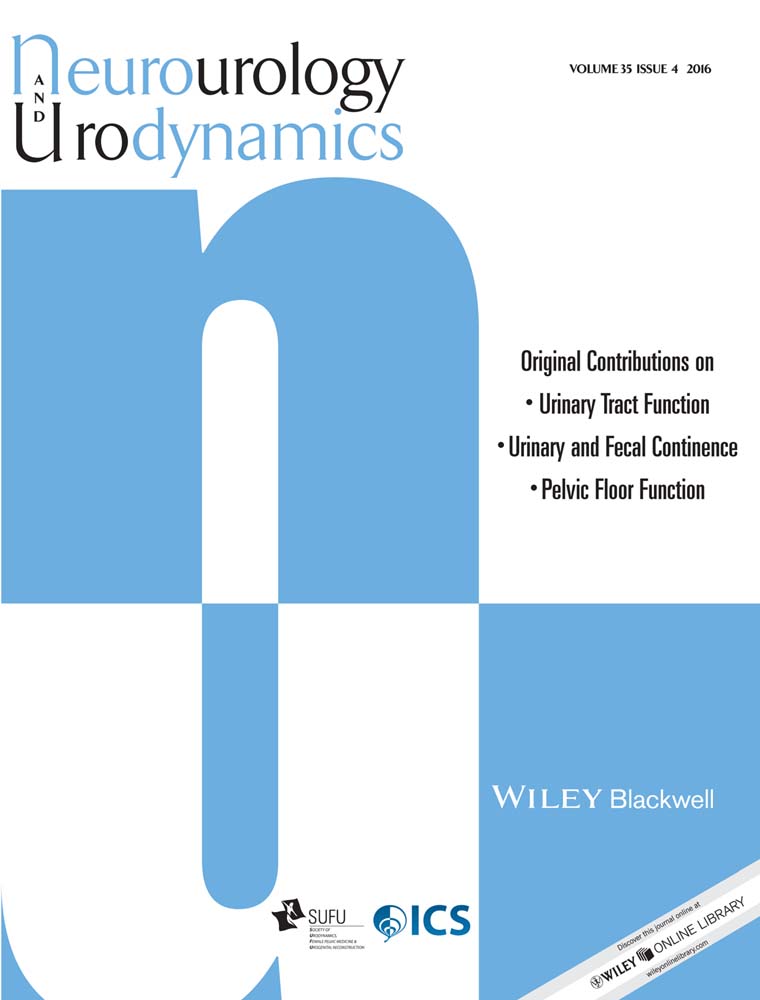Overview of the 2015 ICS Consensus Conference
Abstract
Purpose
The AMS800™ device is considered to be the “gold-standard” when male incontinence surgical treatment is contemplated. Despite 40 years of experience, it is still a specialized procedure with a number of challenges. Here, we present the recommendations issued from the AUS Consensus Group, regarding indications, management and follow-up AMS800™ implantation or revision.
Materials and Methods
Under ICS auspices, an expert panel met on July 10, 2015 in Chicago, IL, USA in an attempt to reach a consensus on diverse issues related to the AMS800™ device. Participants were selected by the two co-chairs on the basis of their practice in a University hospital and their experience: number of implanted AUSs according to AMS (American Medical System Holdings Inc., Minnetonka, MN) records and/or major published articles. Topics listed were the result of a pre-meeting email brainstorming by all participants. The co-chairs distributed topics randomly to all participants, who then had to propose a statement on each topic for approval by the conference after a short evidence-based presentation, when possible.
Results
The present recommendations, based on the most recent and relevant data available in literature as well as expert opinions, successively address multiple specific and problematic issues associated with the AMS800™ trough a 6-chapter structure: pre-operative assessment, pre operative challenges, implantation technique, post-operative care, trouble-shooting, and special populations.
Conclusion
These guidelines undoubtedly constitute a reference document, which will help urologists to carefully select patients and apply the most adapted management to implantation, follow-up and trouble-shooting of the AMS800™. Neurourol. Urodynam. 35:437–443, 2016. © 2016 Wiley Periodicals, Inc.




